As the global south continues to turn to tourism as a multi-faceted solution to their economic, social and environmental problems, they are starting to ask a number of important questions, such as:
What makes an area touristic and what are the important elements to develop tourism?
Here in Colombia, our community and many others are relying on future tourism as an engine of growth. Due to the recently signed peace agreement, Colombia is hoping to open itself up to tourism and tourists to help ease such problems as access, poverty and rural/urban income disparity.
Our area, of Líbano, Tolima is beautiful, but is still missing something essential when it comes to tourism: Signs.
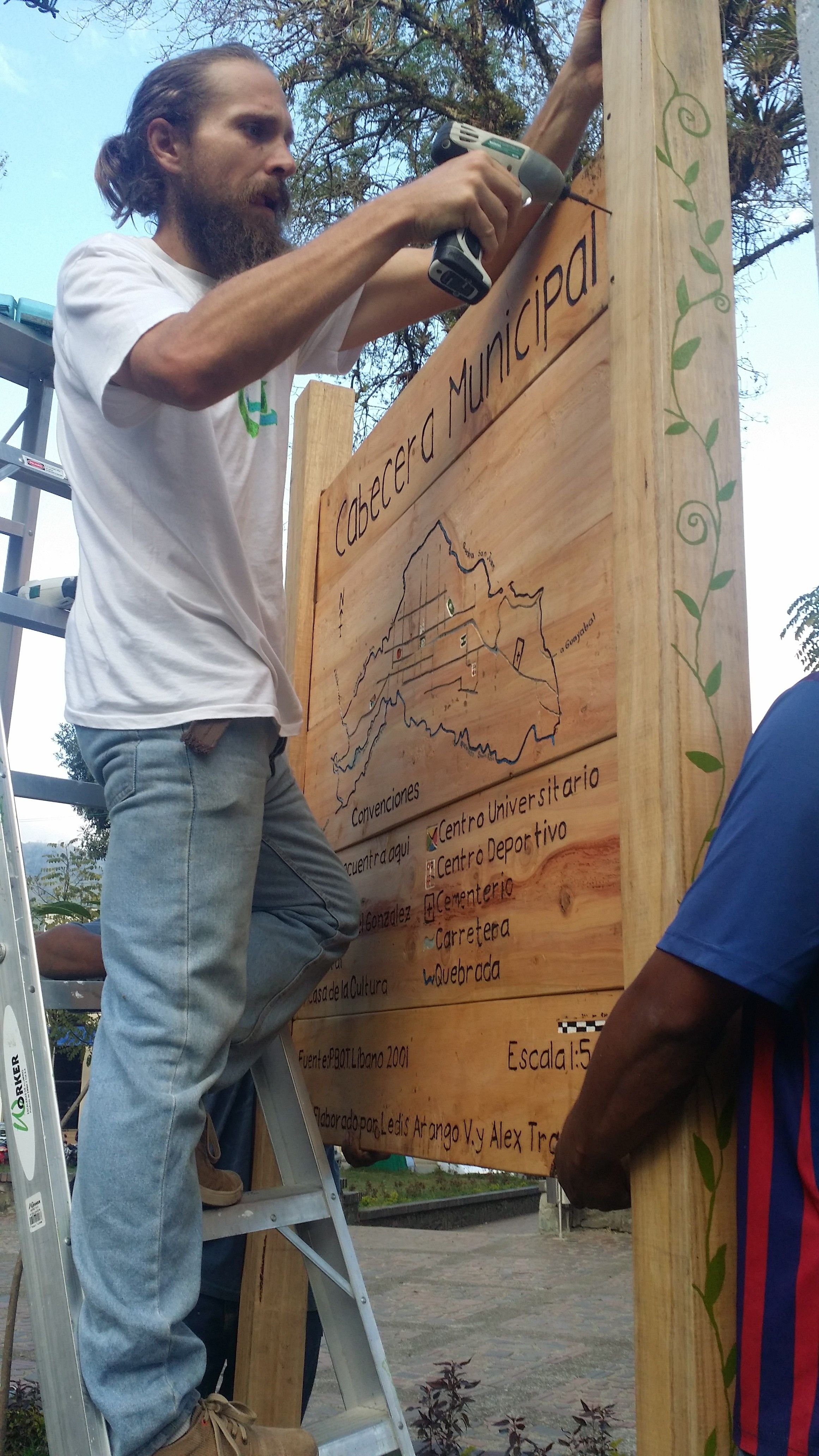
Señalización
When you think of a touristic place, such as a national park, what do you see? Signs! They are everywhere, announcing the name of the park, entrances and exits, do’s and don’ts, educational plaques and info-graphics.
We don’t have much of that. Yet.
Recently my wife and I successfully submitted a bid to make a sign within a municipal budget to ‘improve’ the central park in town.
This contract was based on an older, slightly crooked sign that my wife, along with other local students, elaborated and donated to the park. We have used this sign for years to take pictures with our family and tourist groups.
We have also elaborated some other signs that are installed locally.
This sign was installed at the entrance to our farm, Buena Vista. Ledis hand sculpted the birds on the left from a single piece of walnut wood.
This sign was elaborated in collaboration with the young man seated in this picture, Christian and another friend of ours, José. It was then painted and installed at the entrance to our community, the so called Camino Viejo
Getting Started
We got to work right away; there was no time to waste. The municipality was hoping to have it installed within 8 days of accepting the contract.
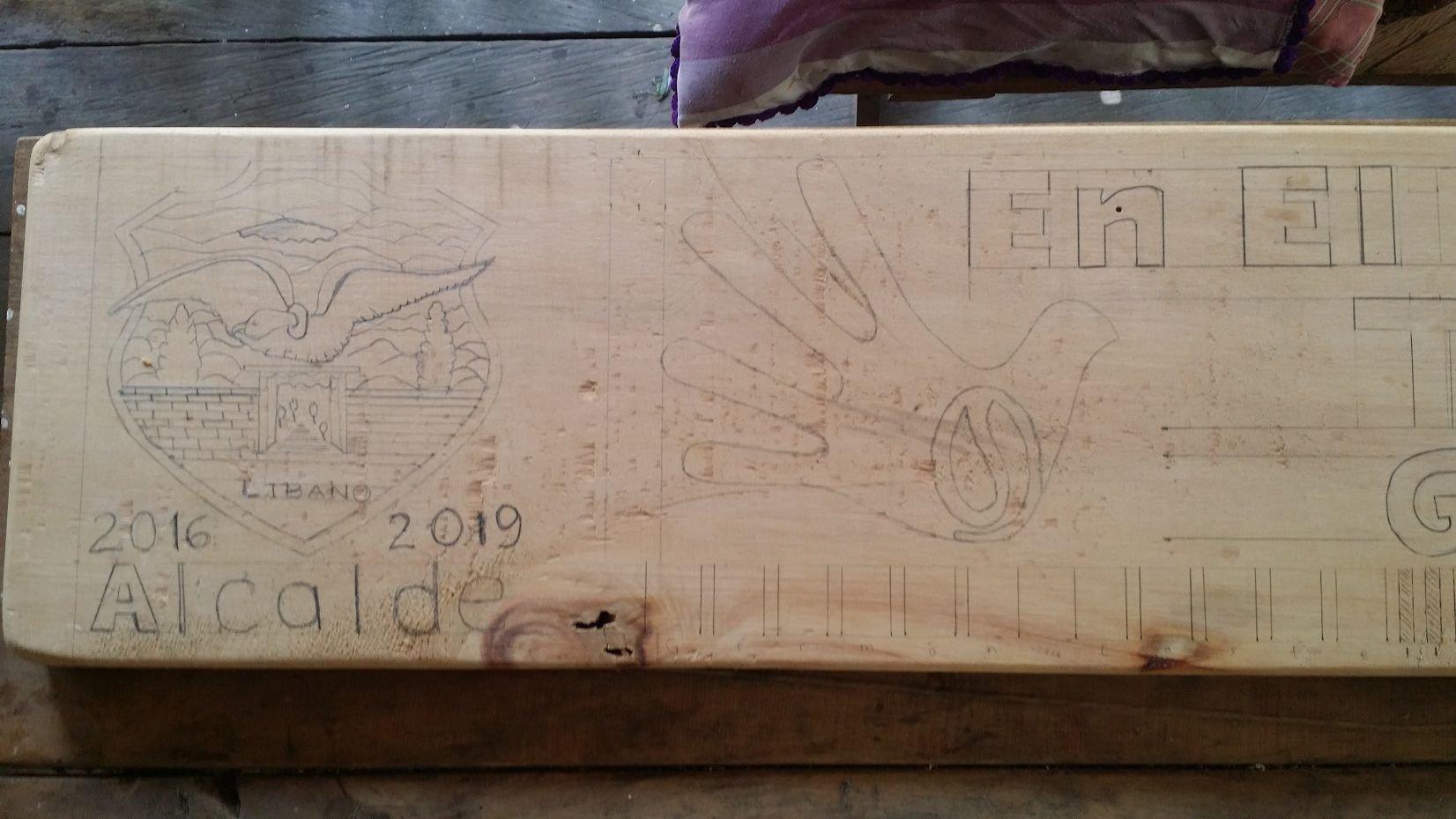
The contract came with a number of requisites, including the Municipal Shield and the campaign logo and name of the current mayor of our town.
We also wanted to include some important local plant and animal species, and in this way make the sign educational.
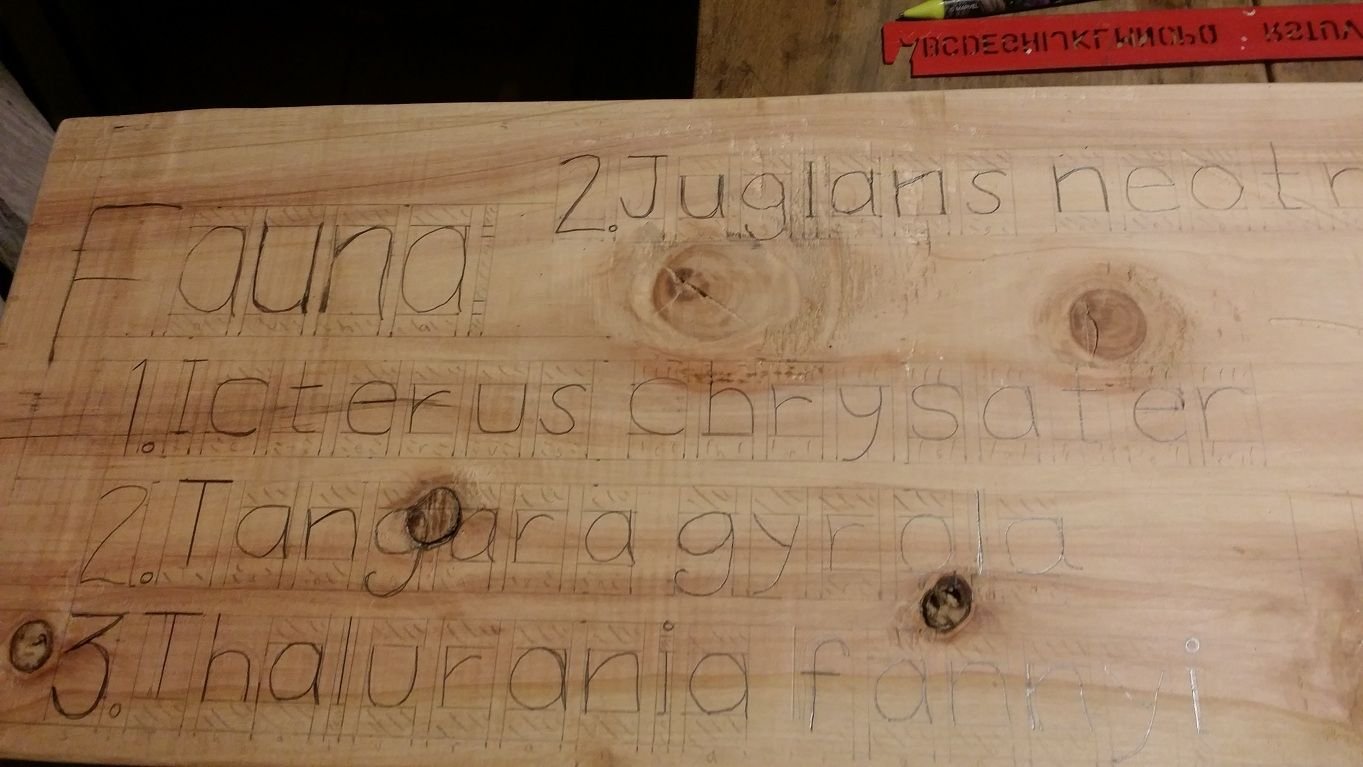
On the back of the old sign was a map of the entire area of Líbano, including all the rural areas included in the political limits. On the back of this sign we needed to make a map of the urban area, or casco urbano.
I had never made a wooden map before, but printing the stencil to the right size proved to be very helpful. We got to work laying it out right away.
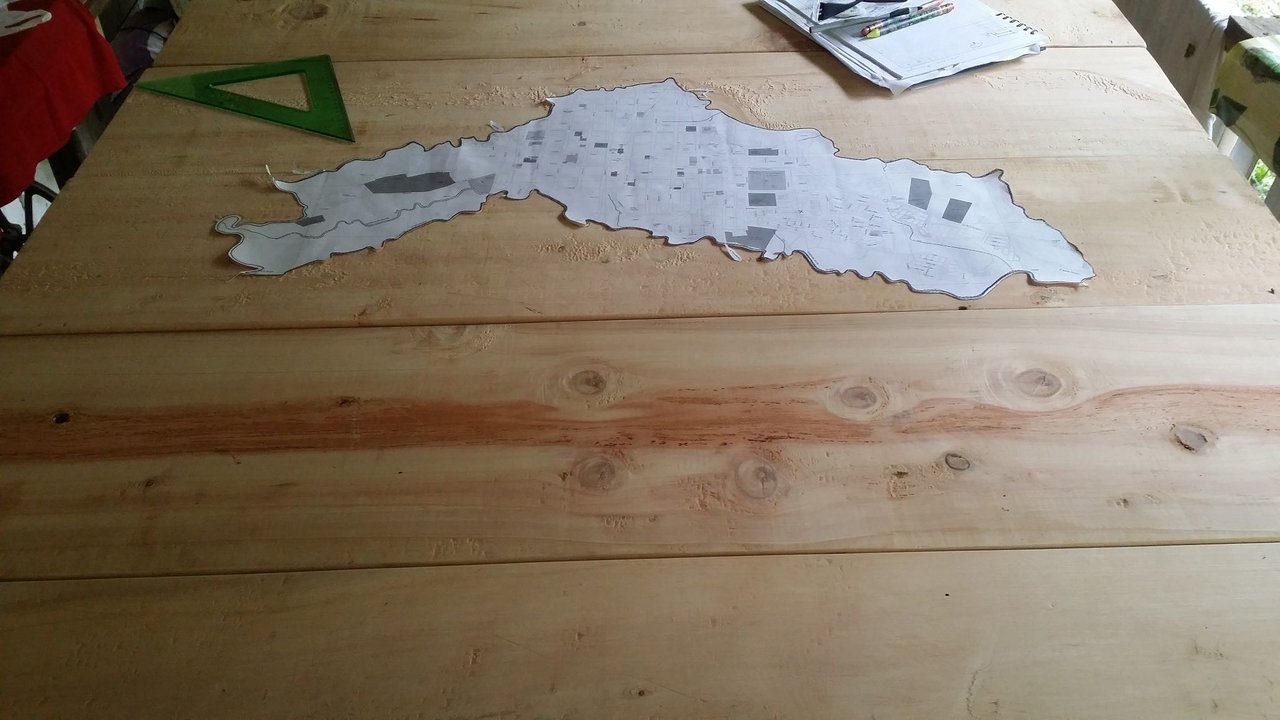
I have always enjoyed those map shots in epic movies like The Lord of the Rings, where the camera slowly pans over a map, giving it the illusion of actually traversing a geographic area.
How much detail could we squeeze into this wooden sign? First with router, then with paint, we would try to make the best map possible.
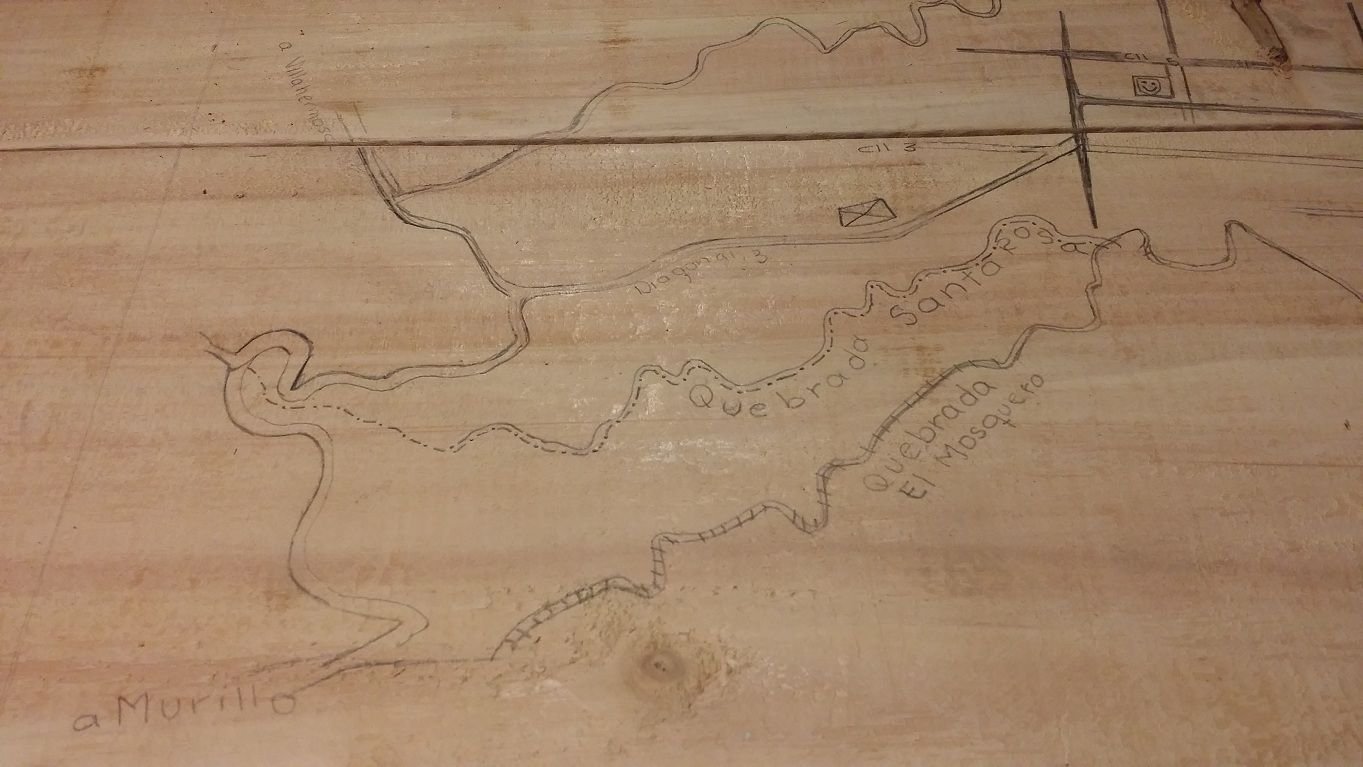
Biting in
With me still stenciling in letters in the background, my wife Ledis takes the lead on the router, diving in and making irreversible changes with her router bit. If we are to finish this sign on time, we’ll need precision to limit any errors.
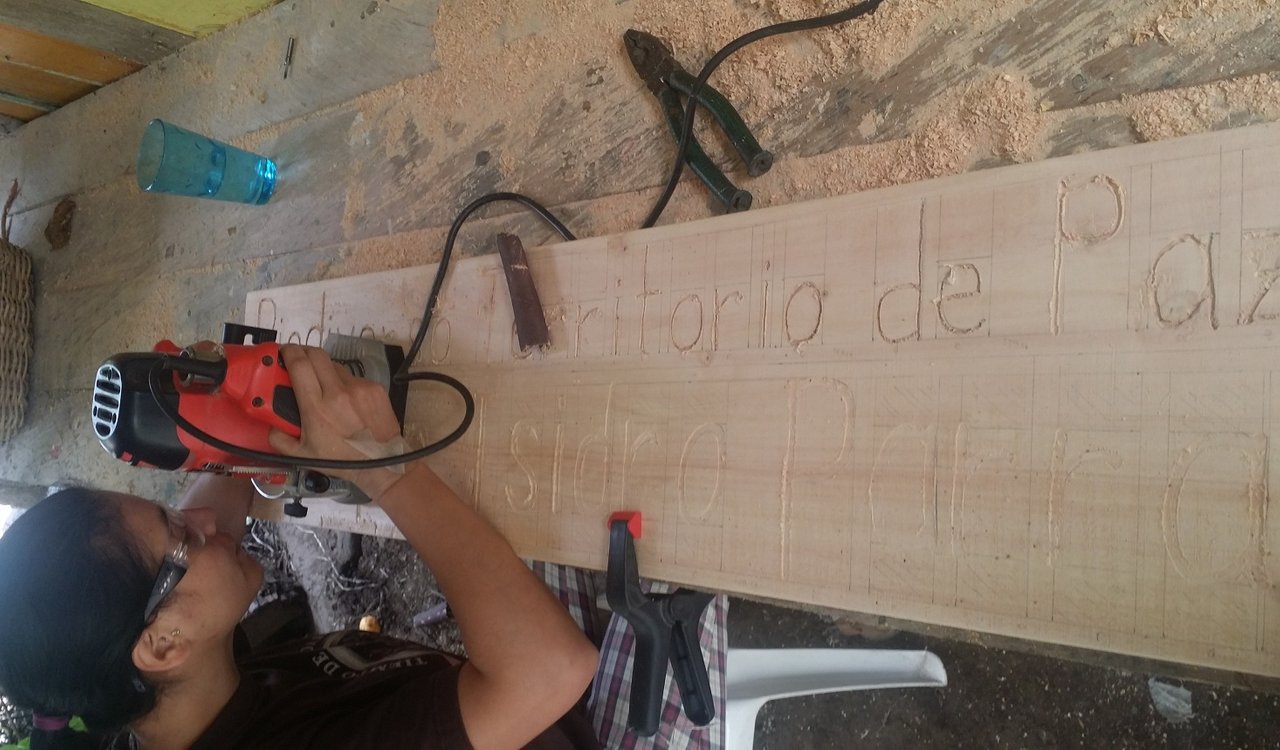
Over the next 2 days I stencil and she routes, almost nonstop all day long.
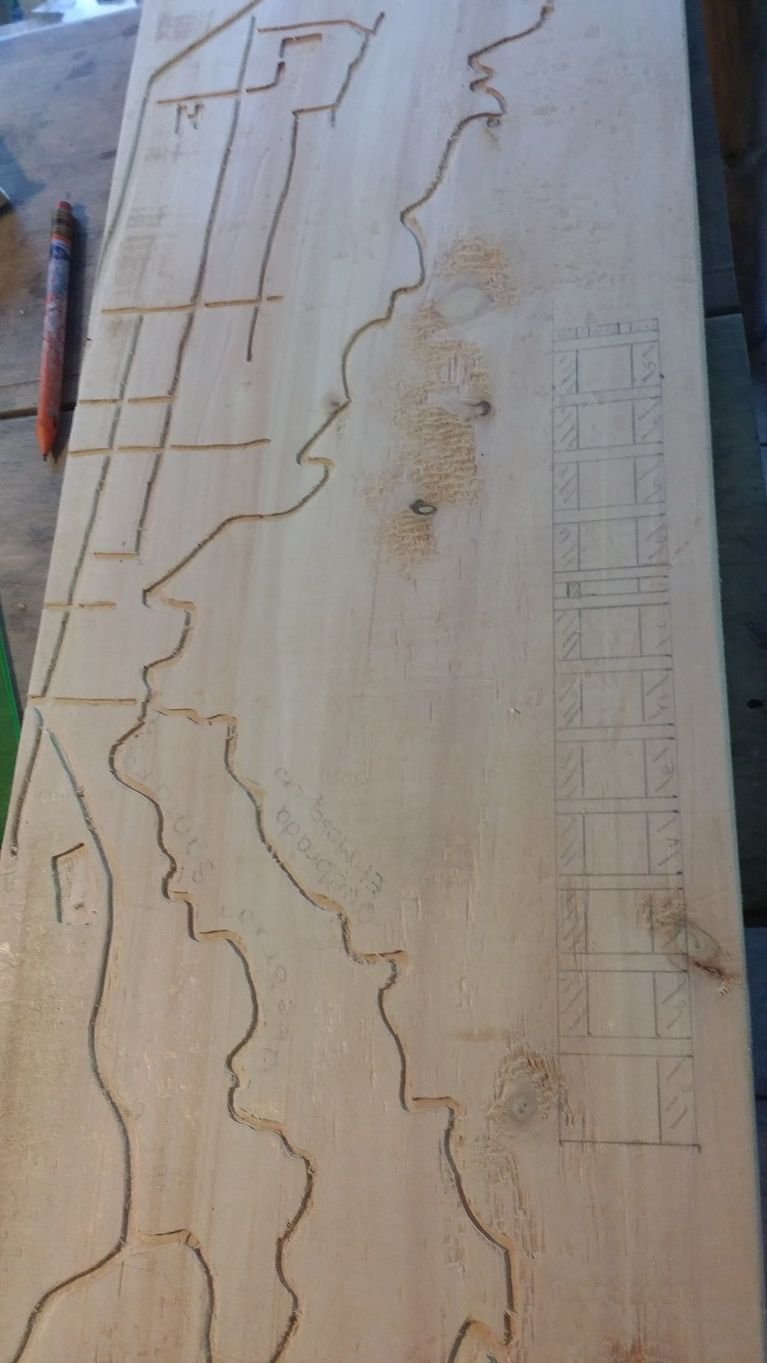
But the effort pays off. Now on the 5th day, we have the entire layout of the sign the way we want it, as well as fulfilling all the requirements of the contract.
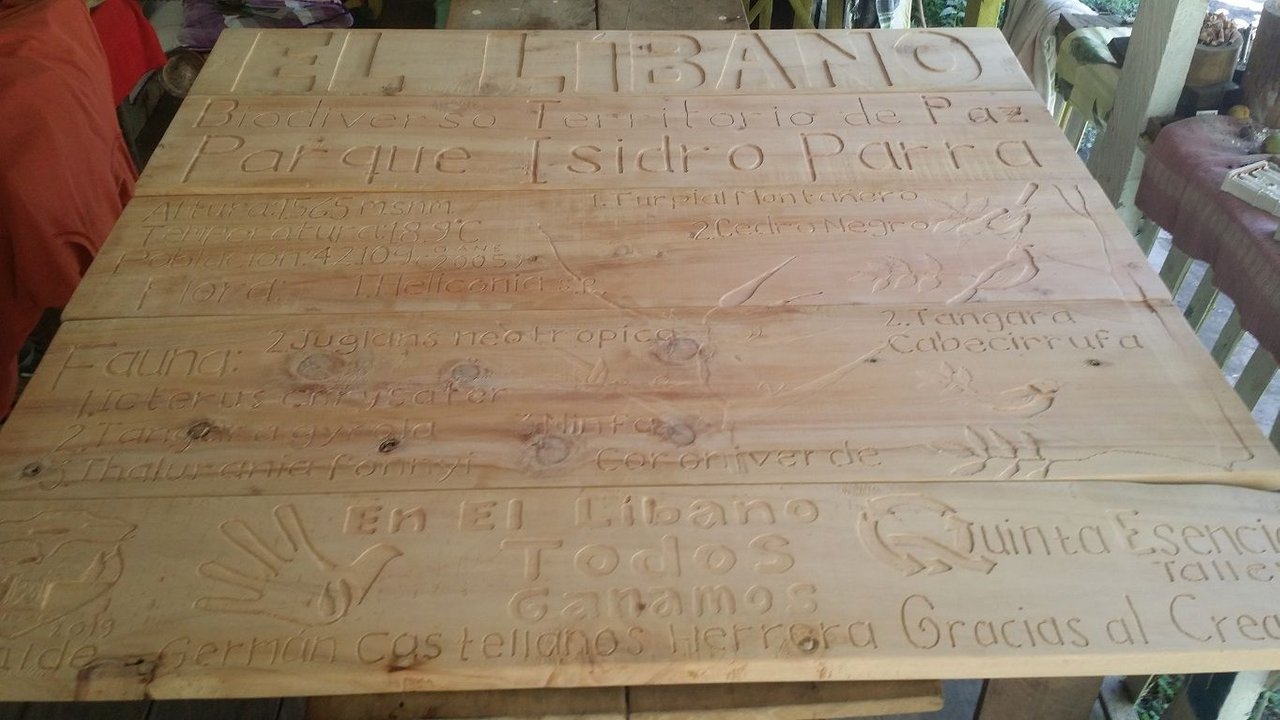
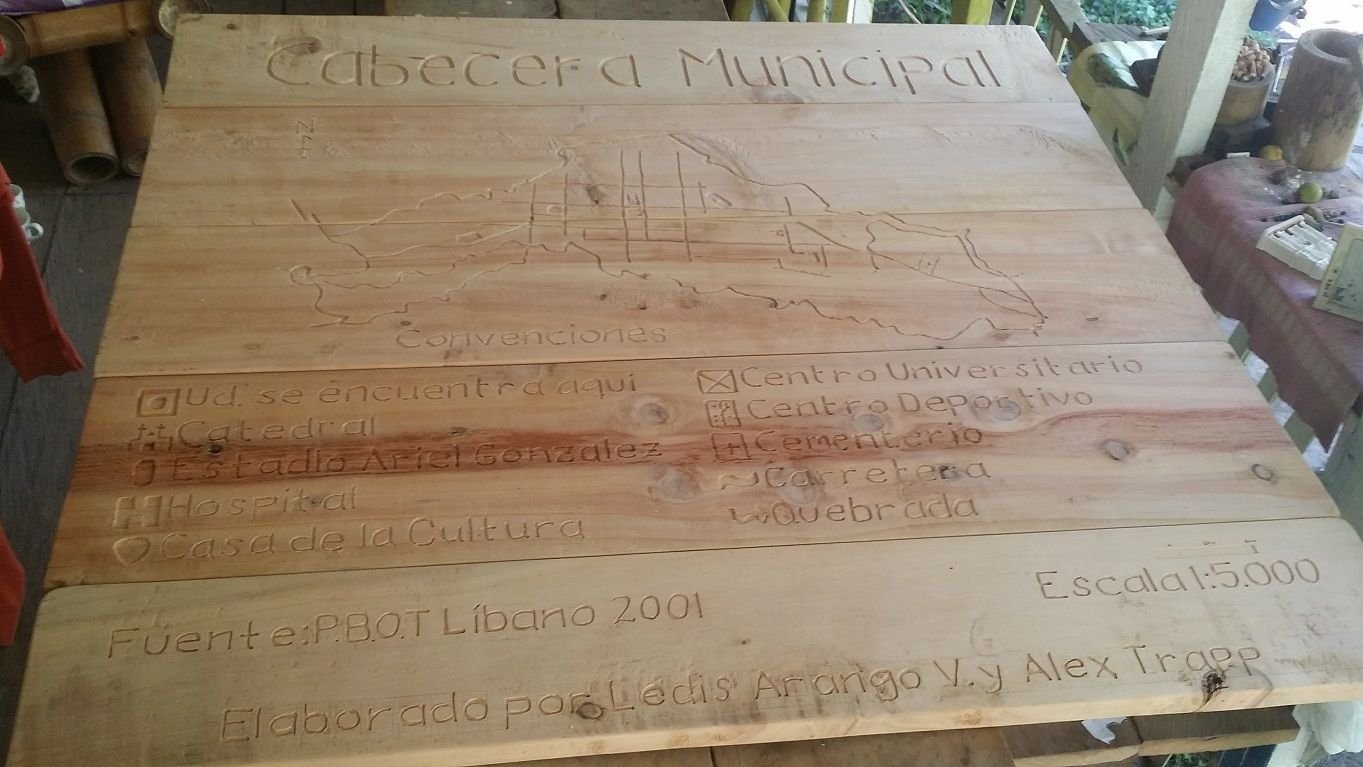
I treat the wood with a homemade immunizer. I picked up some boric acid at the pharmacy and gradually dissolve it in vegetable glycerin warming over the stove. This mixture, after cooling, is mixed 1:1 with water and painted onto the pine boards.
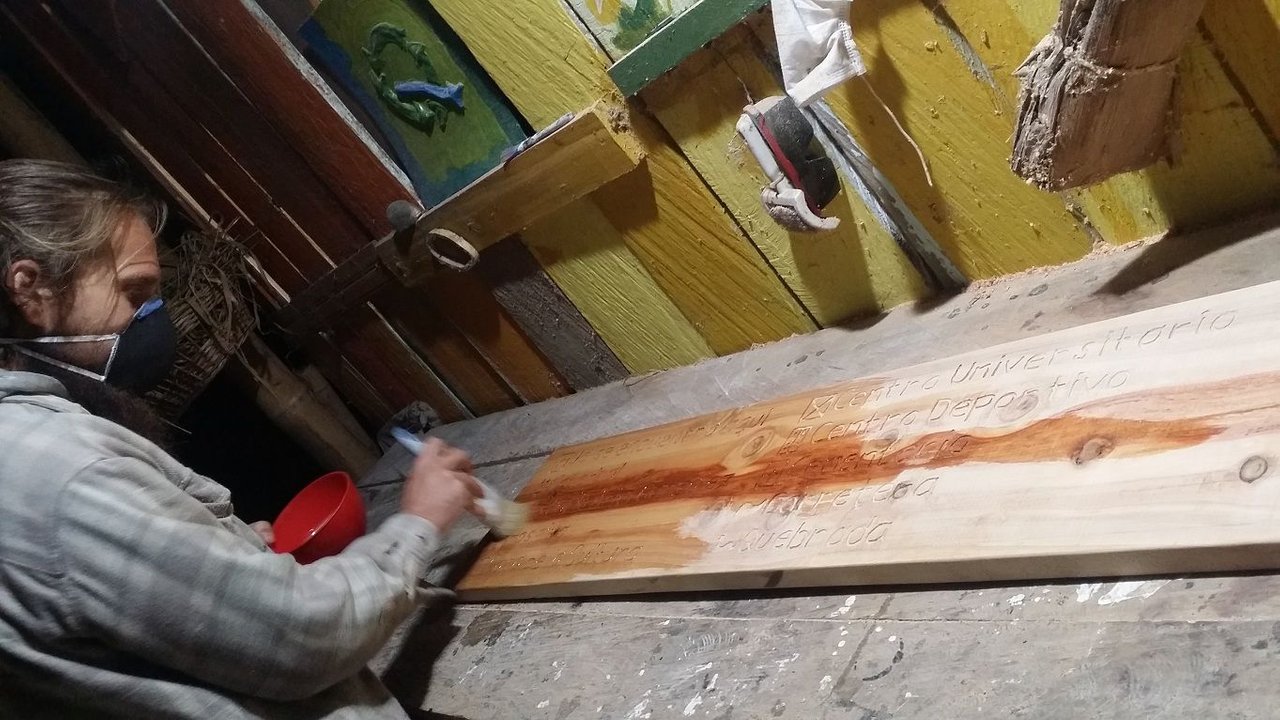
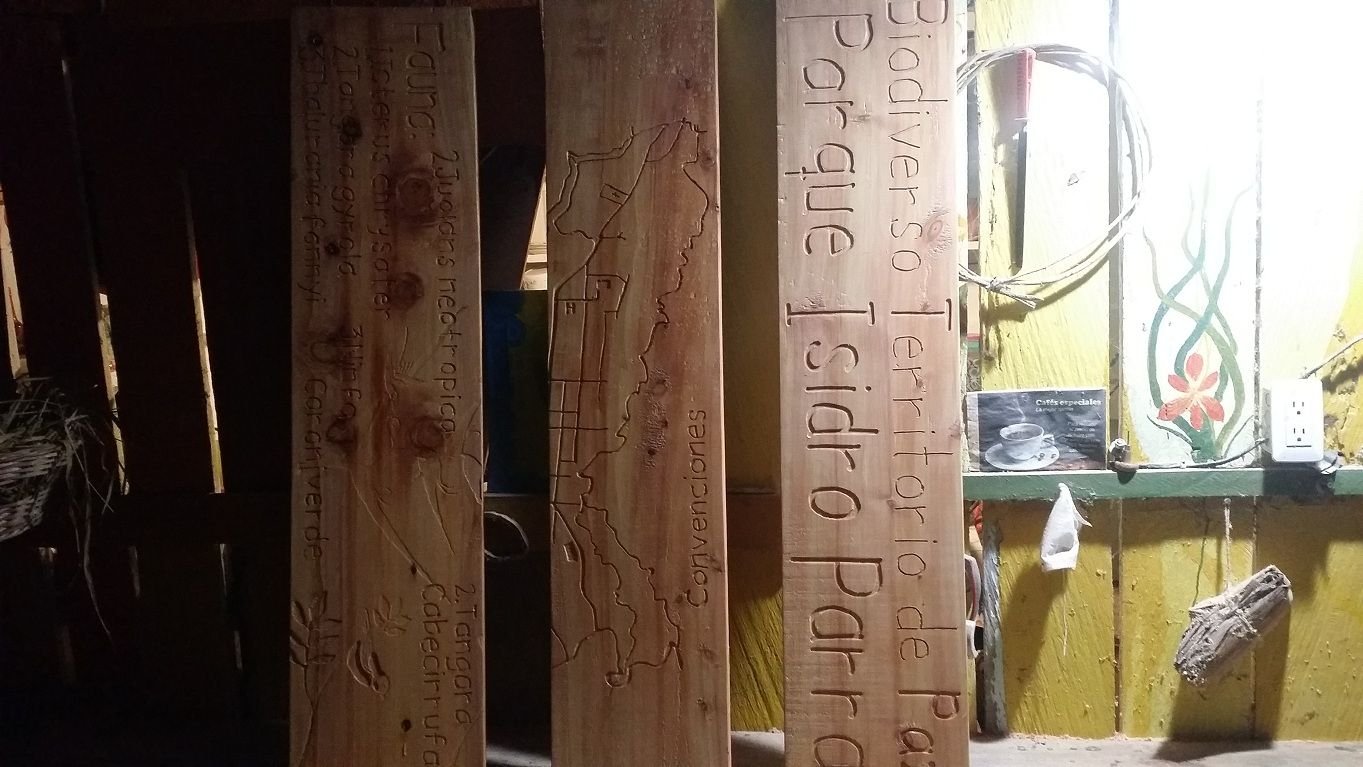
Painting
Once all of the routing is done, the painting can start. Painting and the creation of sawdust do not mix. All cutting and sanding must also be done in another area, or before the painting has started.
I am continuously amazed at my wife, and how she works magic with colors.
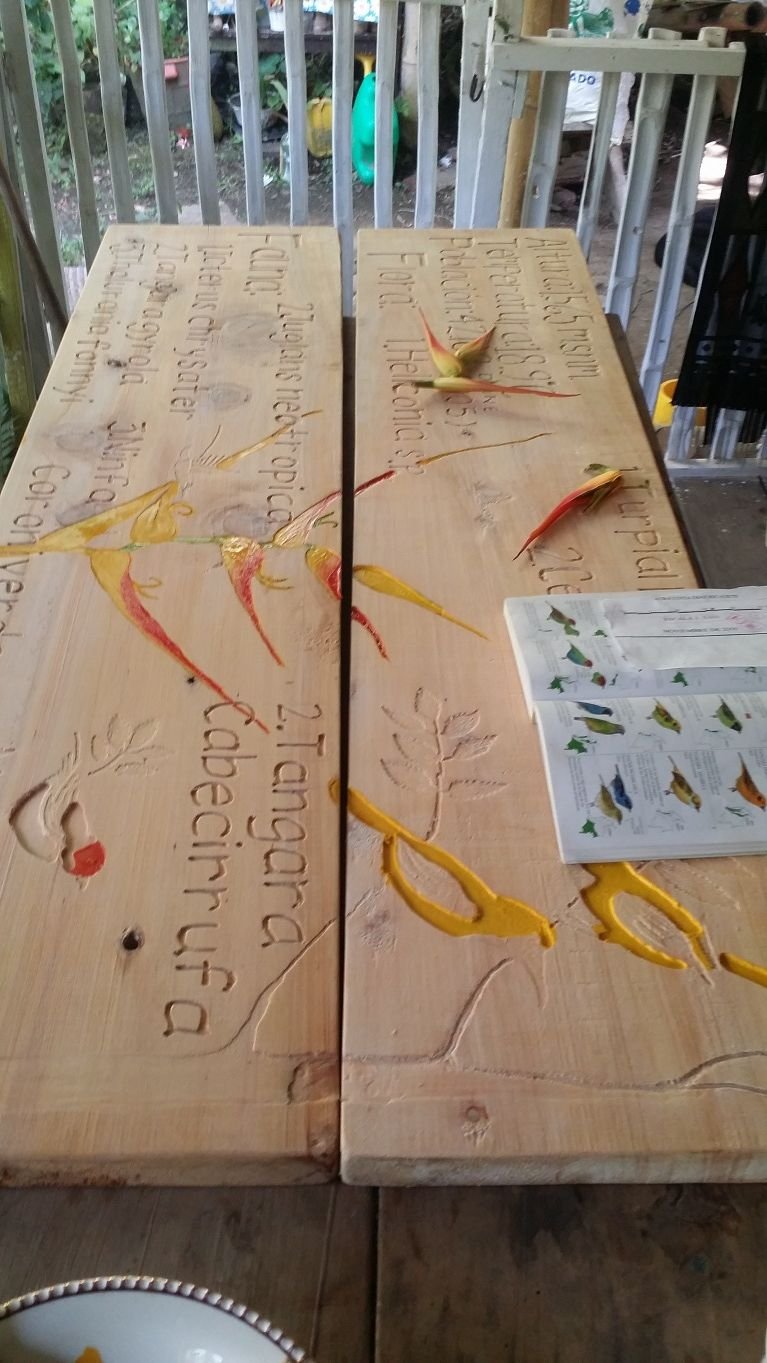
Ledis is committed to reproducing the colors with as much fidelity as possible, even using the official Colombian bird guide and actual flowers as reference.
I really enjoy watching her masterful work as she paints different gradients, slowly mixing the primary colors all together.
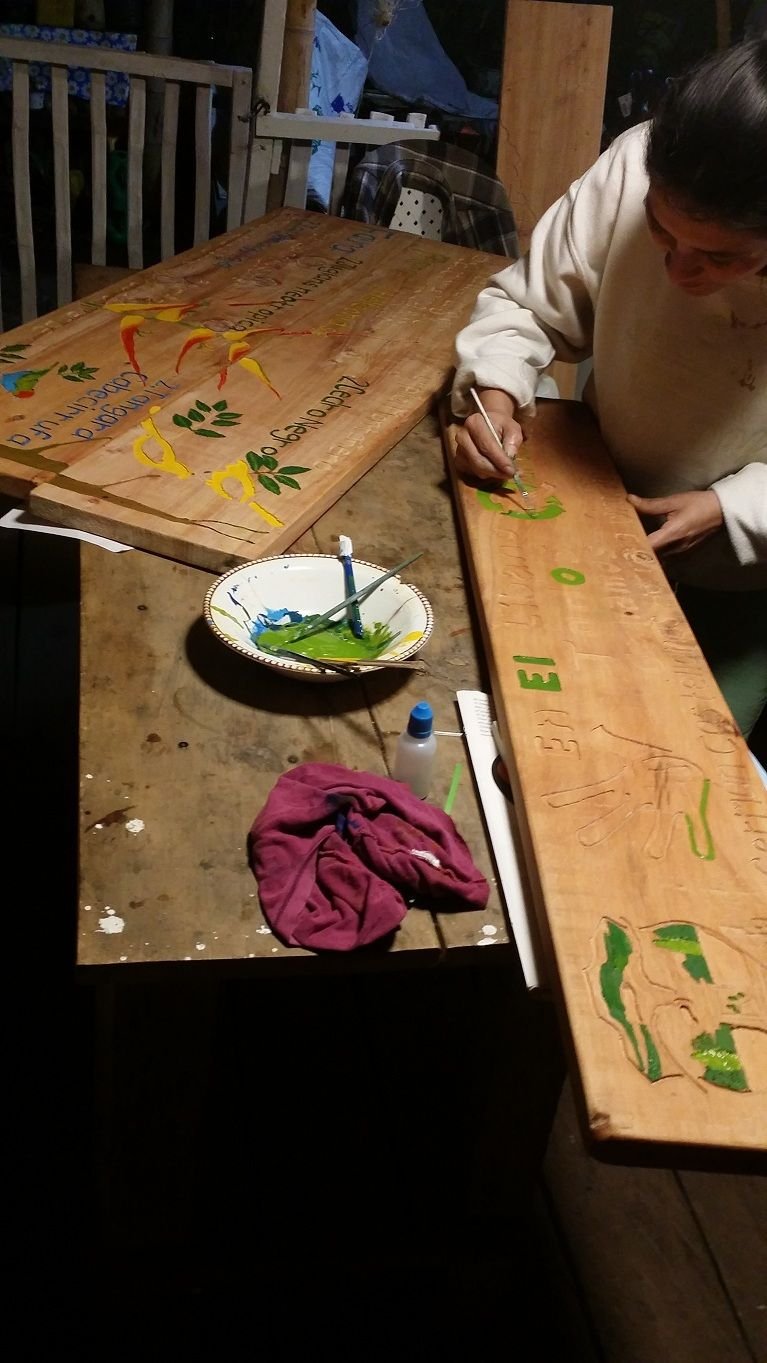
While she continues to work on painting, I take a night to construct the roof frame. I used eucalyptus wood sourced from the local mill, galvanized screws with predrilled holes and immunized it with the same mixture as the boards.
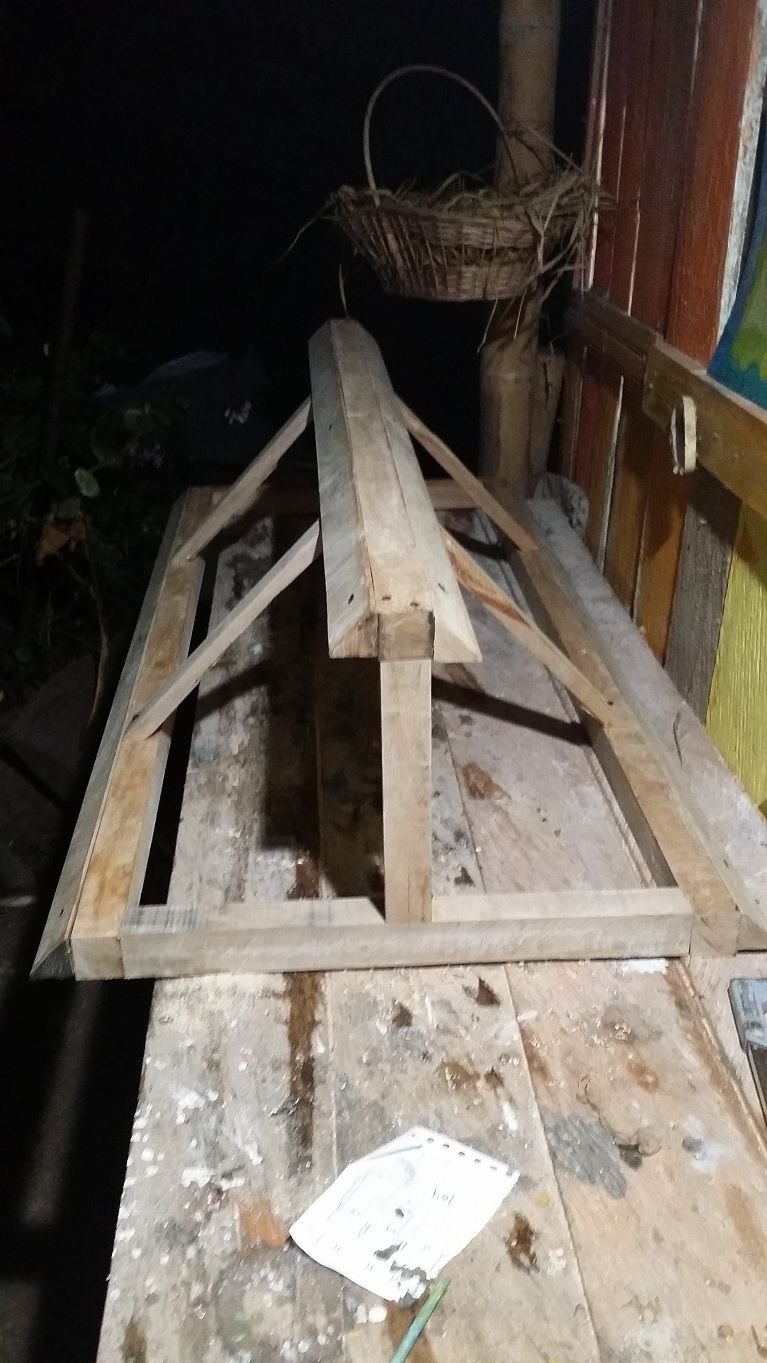
Installation
The next day we head into town, we’ve been working day and night on the farm; we need to reconnect with the clients and the supervisor to see how to continue.
We notice that everybody is working overtime, Líbano is preparing itself for its semi-annual Festival de Retorno, very much like a university homecoming, with emigrant Líbanese people returning from larger cities all over Colombia to celebrate with festivities and drinking.
While in the park, we see another new addition, a wonderful painted piece of modern art welded together.
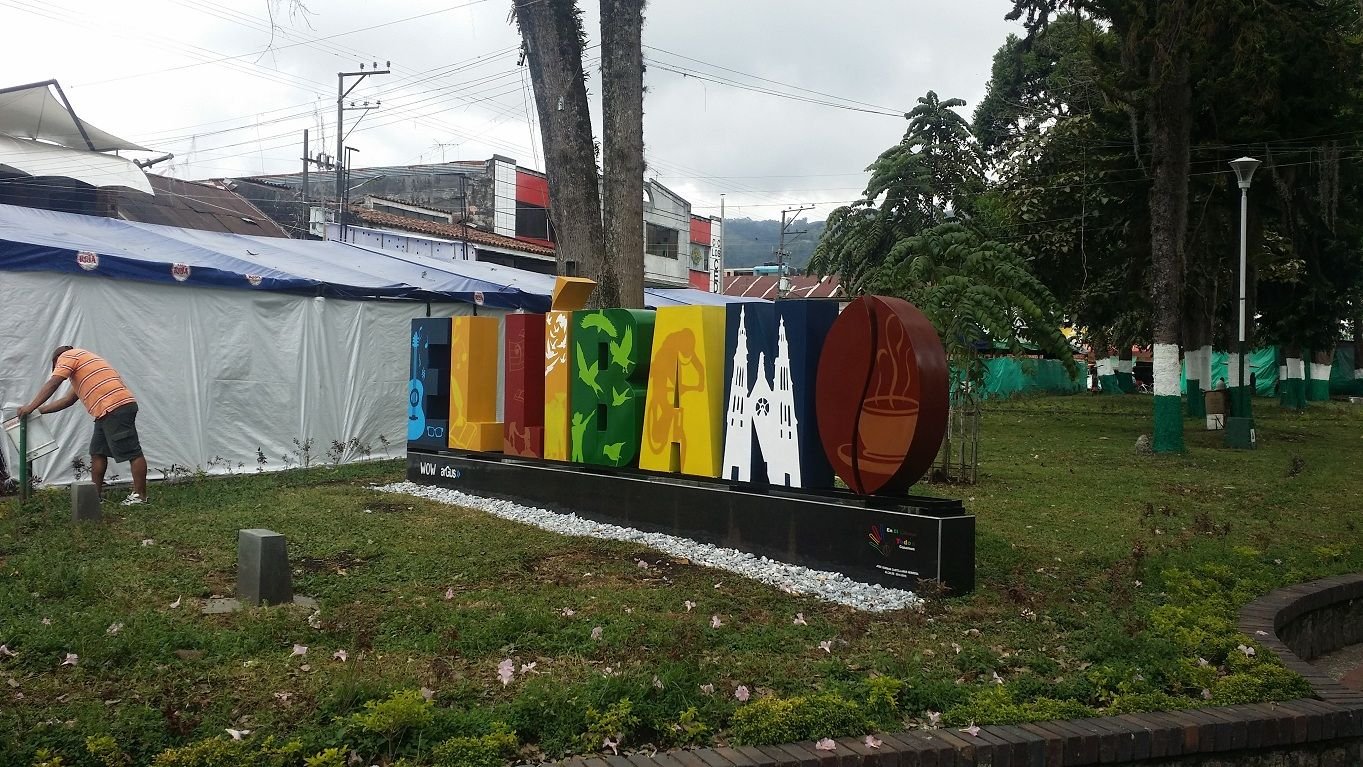
After many days of delays, we finally installed the sign in the park in the afternoon in the week after the successful Festival de Retorno. We dug the posts 28 inches deep to provide stability and keep the sign at an elevated level, so that it remained visible above people’s heads in photographs.
I had routed a 1 inch by 1 inch groove along the sides of the posts, into which we set the sign boards. I secured these on both sides with 2 ½ inch galvanized screws.
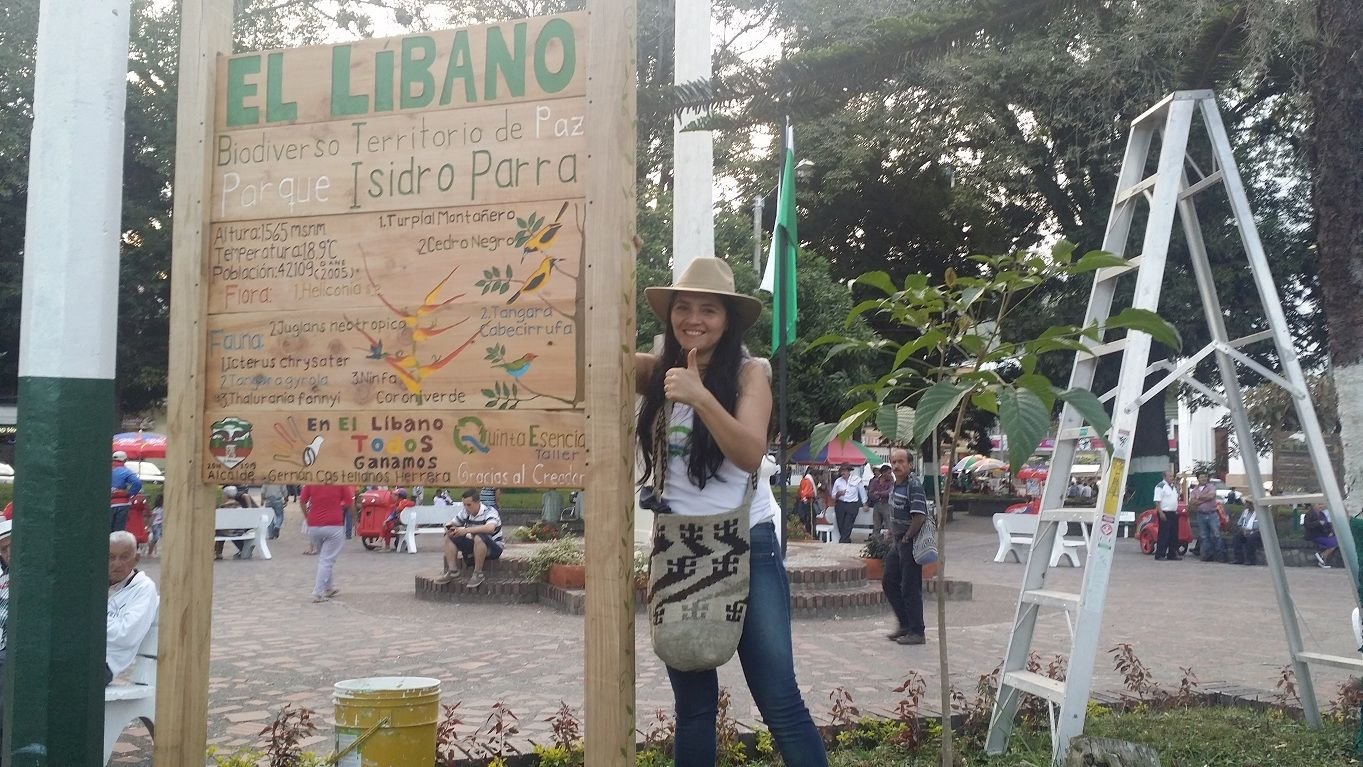
The sign position was well placed for the semi-transparent roof, which I secured using wire-ties. Underneath the lamp light at night the roof seems to glow. This night the cement in the footings of the sign was still hardening.
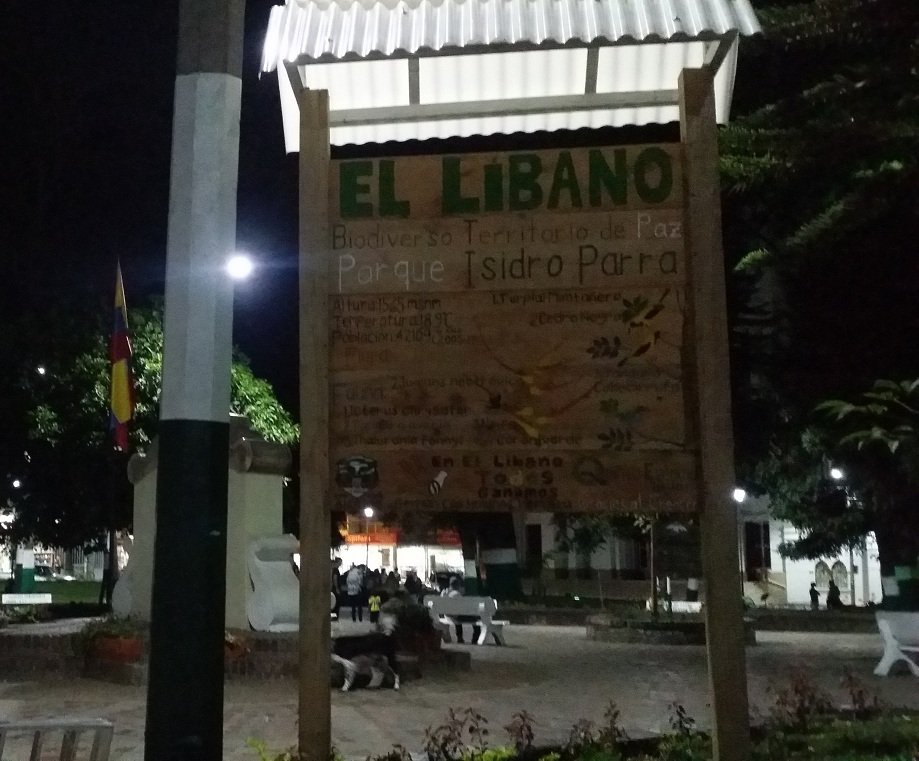
The next day we went back to the sign and donated some flowers around the bases of the posts.
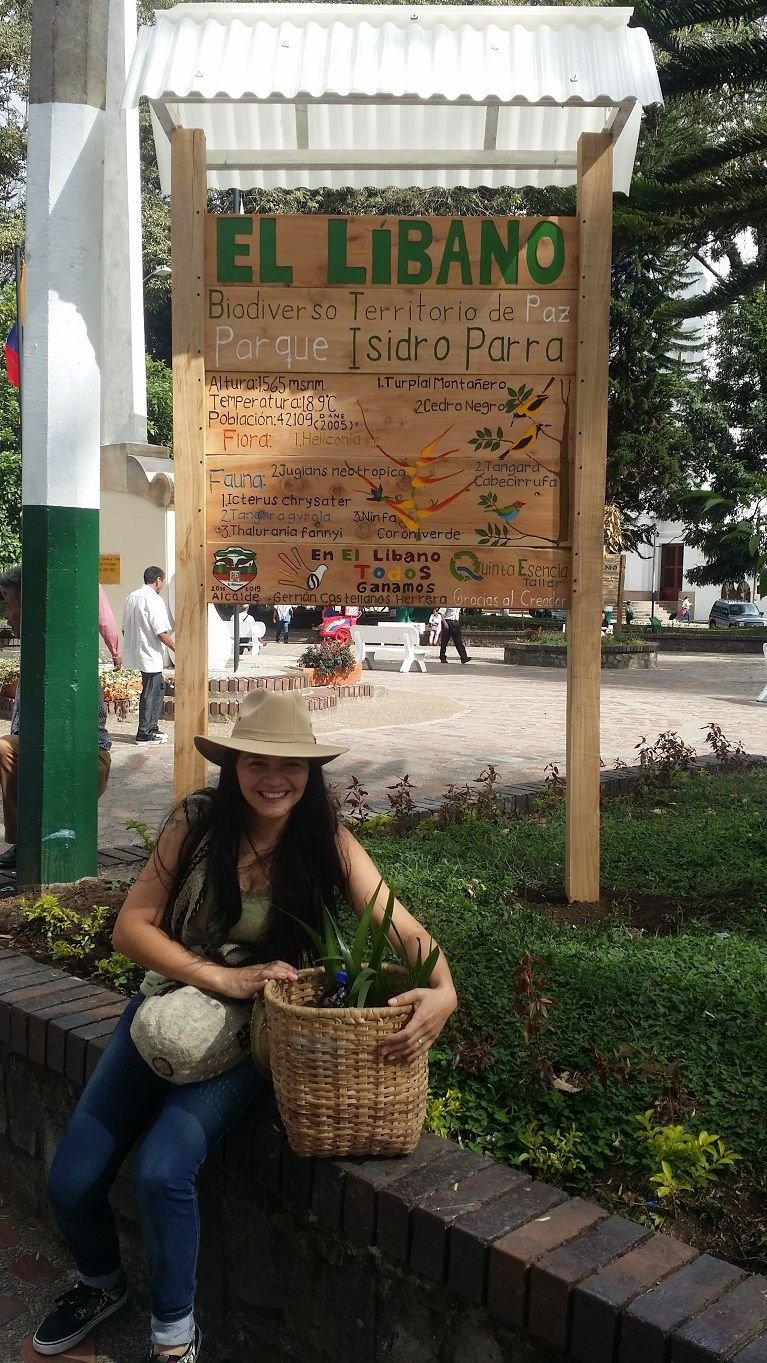
We are very proud to have finished our project, a symbol that will stand for many years and help Líbano to continue to develop its cultural identity; Líbano must find itself on the road to showing itself off to the rest of the world.
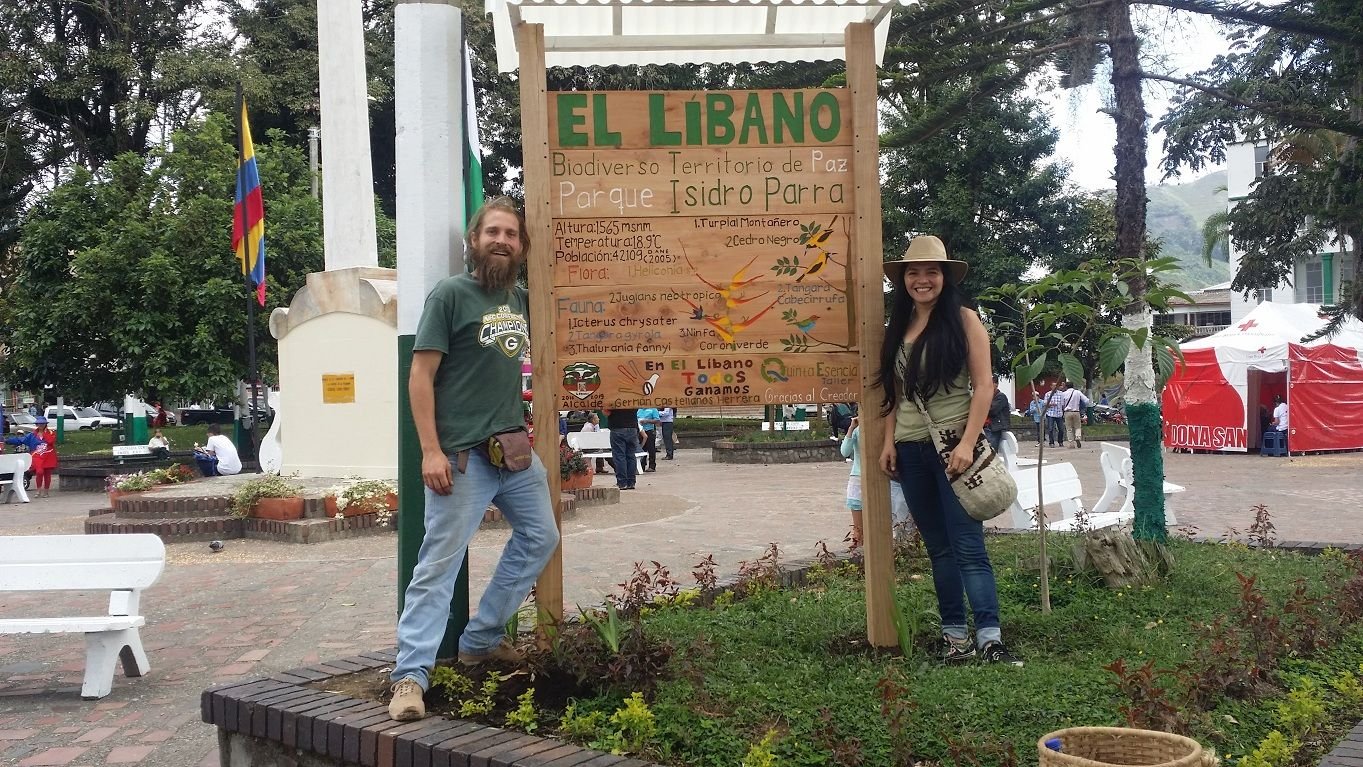
Have opinions on sustainable development, tourism or sign making? I am always eager to hear from you in the comments!
